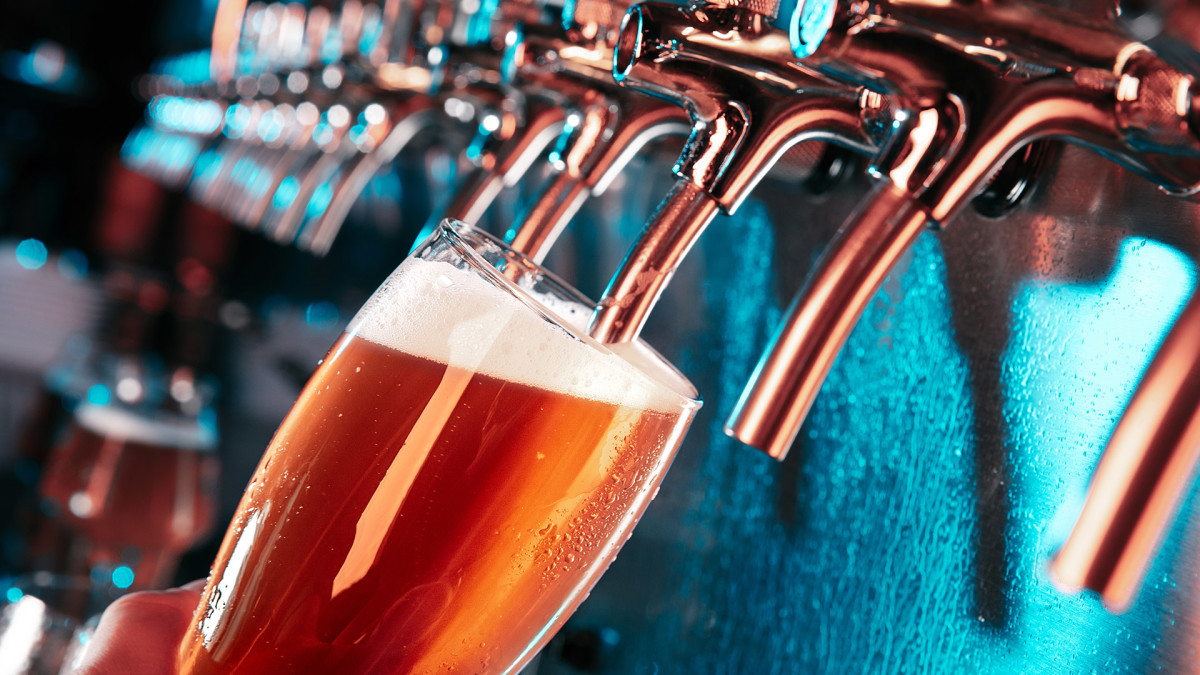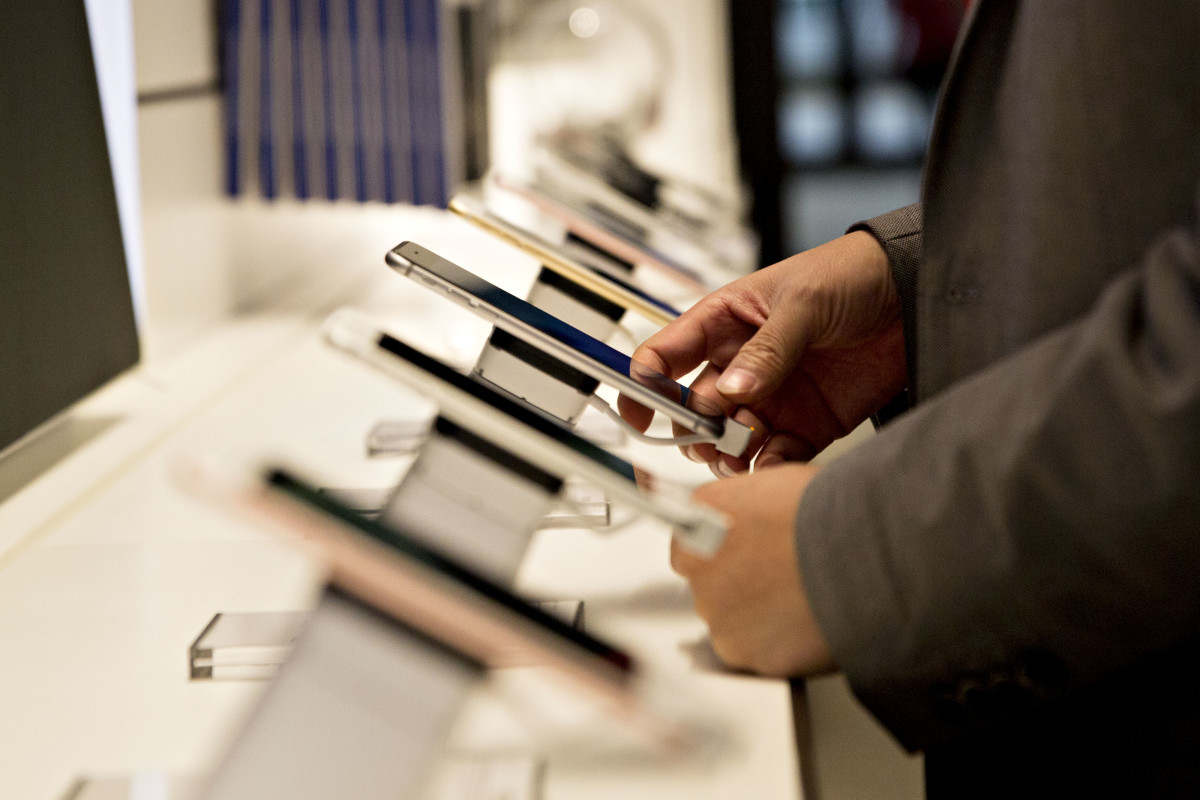Distressed coffee, cafe brand files Chapter 11 bankruptcy
Running a cafe, at least one based around coffee and pastry, followed a pretty simple pattern. People stopped for coffee and maybe something to eat on their way to work.
They might come back on a coffee break, at lunchtime, or even in the late afternoon, but mornings were the busiest time. Generally, that meant between 7 and 9 a.m., but that varies a little by location.
Related: Struggling chain closes restaurants, misses key payment
The Covid pandemic changed that. Many people stopped having to commute to an office, and getting coffee required a special effort to leave the house.
In addition, many cafes were not set up to pivot to drive-through and delivery the way Starbucks did. It became a challenge to get coffee from many lesser-known coffee companies and many people either opted to brew coffee at home or just skip it, at least on some days, altogether.
The Covid pandemic, however, was a boom period for people ordering products to make at home. Coffee roasters saw an upsurge in business as people sought to find ways to occupy their time.
Coffee may not have become sourdough bread, but some consumption shifted from cafes and offices to homes. That offered a short-term lift for roasteries offering online ordering and coffee subscription services, but in most cases, that was a short-term boom.
Image source: Shutterstock
Popular roastery and cafe struggles
The Covid pandemic had a lasting effect on coffee consumption. Some companies did not bring workers back to the office at all while others went to a hybrid schedule.
Even coffee shops located in residential neighborhoods have struggled with their customers now operating on different schedules. It’s not uncommon to see a Starbucks drive-through backed up in the afternoon, but empty in the morning.
That has created a challenging market for coffee companies like Cottonwood Coffee, a roastery that offers wholesale distribution of its beans and sells them to consumers nationally. The company, based in Brookings, S.D., also operates two cafes.
The first Cottonwood cafe location opened in 2006, a college town an hour north of Sioux Falls.
Related: Distressed pizza chain plans to file for Chapter 11 bankruptcy
“Cottonwood Coffee downtown is the classic coffeehouse, with great natural light, wooden booth seating, high ceilings, and, of course, expertly crafted coffee drinks,” the company shared on its website.
A second location opened in 2008, and the company slowly ramped up its wholesale and online efforts over the years.
Cottonwood Coffee files Chapter 11 bankruptcy
“We constantly strive to be experts on our craft. From roasting to brewing and service, we are always looking to improve; never satisfied with good enough. We do not, however, use this pursuit of excellence to be condescending, off-putting or unapproachable. We believe strongly that great coffee should be enjoyed by regular people,” the company shared.
Those are noble goals, but they have not been enough to keep the company operating in the blank during these challenging economic times.
More bankruptcy stories:
- Struggling clothing brand files Chapter 11 bankruptcy
- Popular retailer closing all stores after Chapter 11 bankruptcy
- Distressed shipping company files Chapter 7 bankruptcy to liquidate
Cottonwood Coffee filed for Chapter 11 bankruptcy on July 2 in the United States Bankruptcy Court for the District of South Dakota. The company, in the filing, shared that it had $809,000 in total liabilities and between $100,000 and $500,000 in debts.
About $322,000 of its liabilities are secured against its assets. The company has not shared a bankruptcy funding plan with the court.
Cottonwood Coffee has not commented on its bankruptcy on its website or social media. It did not immediately return TheStreet’s request for comment. It stores appear to still be open, and the company continues to take online orders.
Source link




